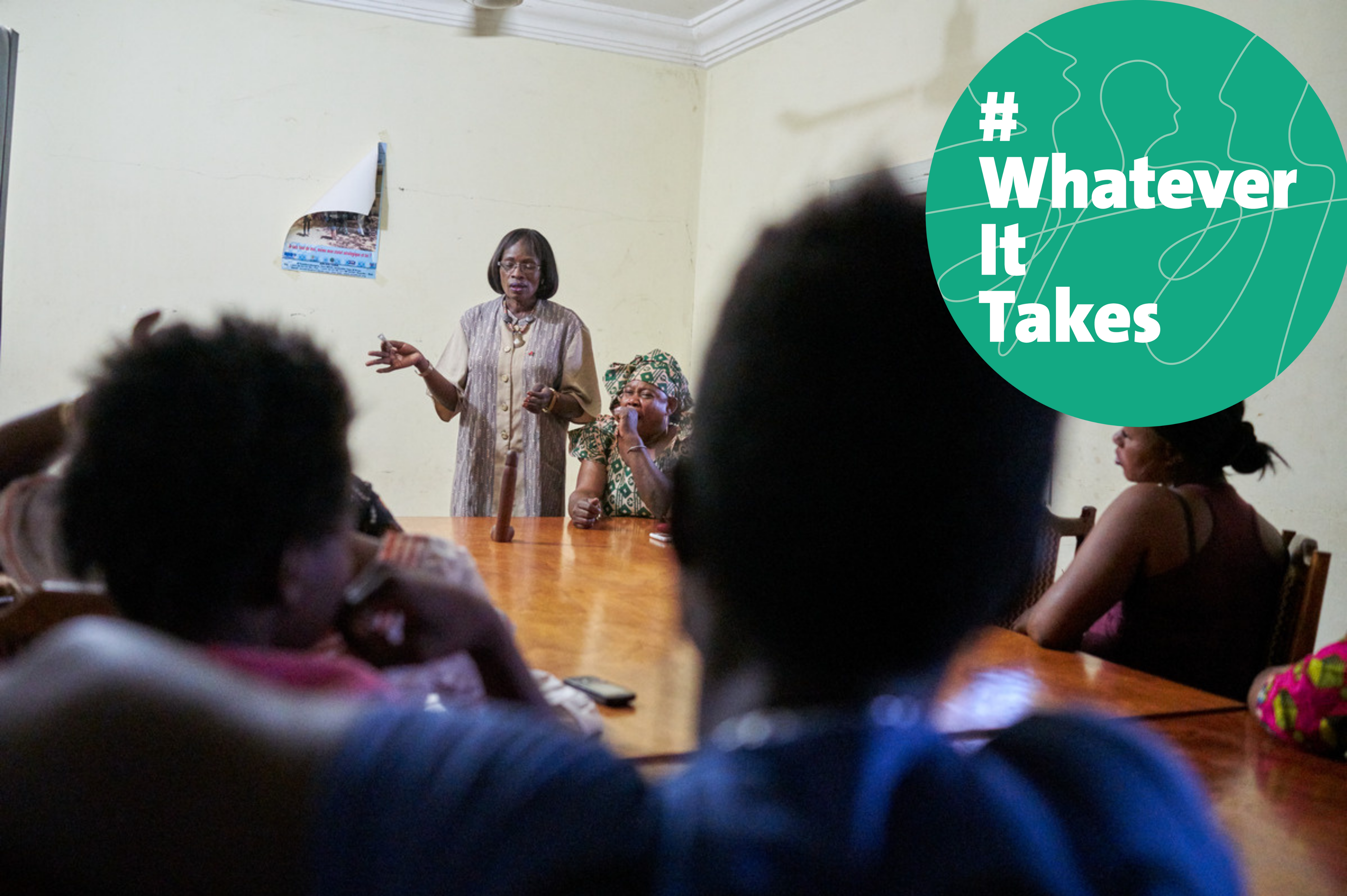
Conflict dynamics are more complex, transnational, and protracted. To add to this, climate change is resulting in an increase of natural disasters, which have negative impacts on health services and infrastructures and a devastating effect on key and vulnerable populations. Nowadays, there is 1 billion people living in fragile context, almost 1/8 of the world’s population.
The emergence of infectious diseases in these contexts, as seen for example in West Africa when Ebola emerged in 2014-16, could worsen conflicts and amplify existing political tensions, with catastrophic health and economic effects.
The Global Fund to fight AIDS, tuberculosis, and malaria (GF) has solid experience in fighting infectious diseases, including in fragile and crisis settings. In fact, a third of the world’s disease burden for AIDS, TB, and malaria are found in challenging environments.
In recent years, new infectious diseases emerged and the GF adapted its projects to both mitigate their effect on the fight against AIDS, TB and malaria, as well as to tackle the impacts of the new diseases and to further strengthen health and community systems. For instance, the GF quickly supported the response to Eloba, with Liberia being the first country to benefit from the GF Emergency Fund, which was mobilised at the time to expand a mass distribution campaign of mosquito nets. Today, the Emergency Fund is one of the instruments the Global Fund uses to support the provision and continuity of essential prevention and treatment services for HIV/AIDS, TB, and malaria during emergency situations. When the COVID-19 pandemic started in 2020, the GF responded with the creation of the COVID-19 Response Mechanism.
Global Health Advocates and Aidsfonds wrote a note aiming to give a short description of the different tools the Global Fund uses to respond to infectious diseases in fragile and crisis contexts and how the GF operates in these contexts to address emergencies and invest in building more resilient and sustainable systems for health.



